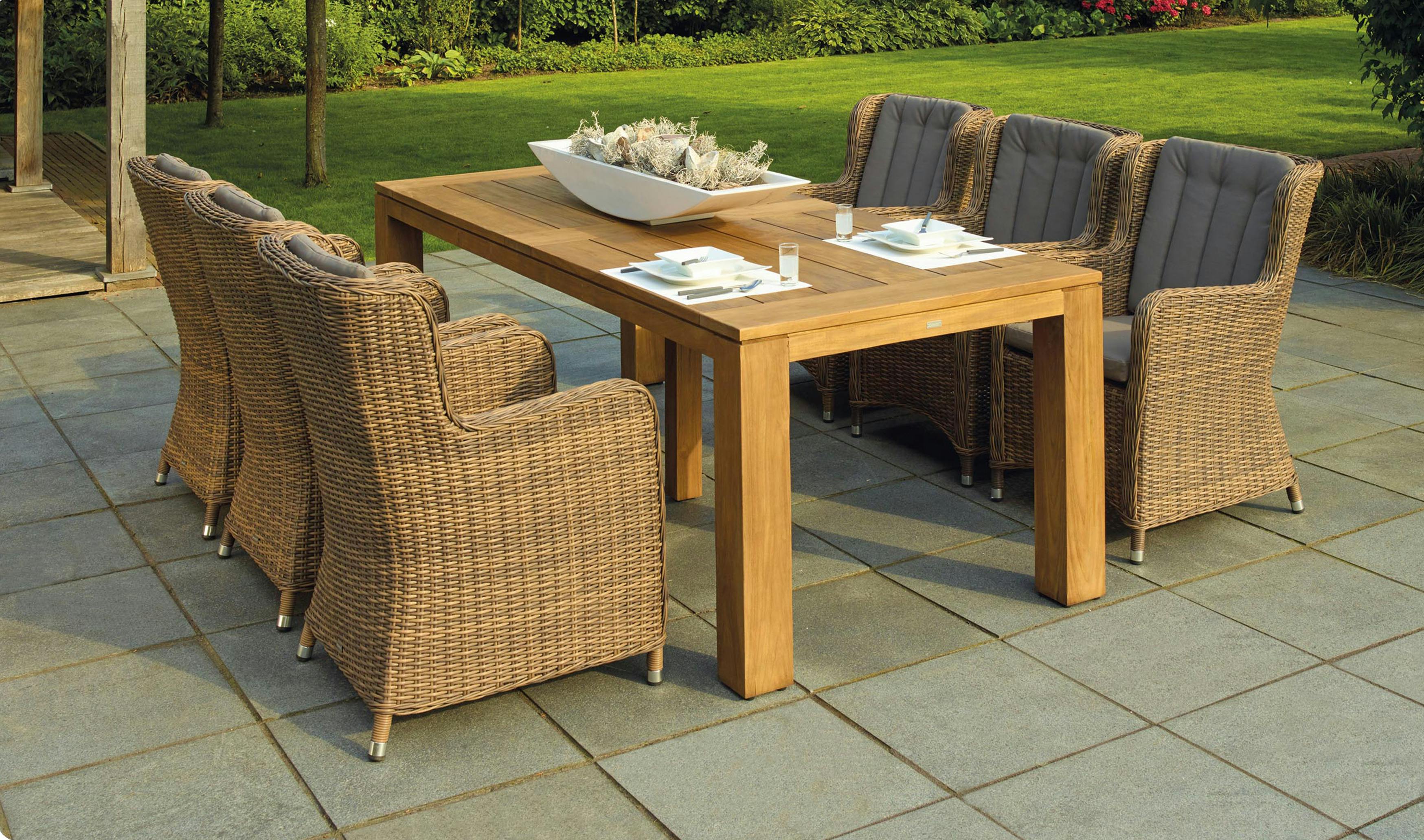 Organizing your backyard can be a rewarding project that enhances both aesthetics and functionality.
Organizing your backyard can be a rewarding project that enhances both aesthetics and functionality.
1. Clear and Clean
- Start by clearing out any clutter and debris.
- Remove old or broken items, trim overgrown plants, and rake leaves or other debris.
- This step creates a clean slate for organizing.
2. Define Zones
- Divide your backyard into functional zones based on your needs and activities.
- For example, you might have a dining area, a relaxation area with lounge chairs, a play area for children, and a garden corner.
- Clearly define these zones using pathways, borders, or outdoor furniture.
3. Storage Solutions
- Invest in outdoor storage solutions to keep items organized and out of sight.
- This could include a shed for tools and equipment, bins or baskets for toys or gardening supplies, or a bench with built-in storage for cushions and outdoor games.
4. Add Furniture and Structures
- Choose furniture and structures that fit the activities you enjoy in your backyard.
- This might include a dining table and chairs, a hammock or swing for relaxation, a pergola or umbrella for shade, or a fire pit for gatherings.
- Arrange these items to maximize space and flow between zones.
5. Enhance with Plants and Decor
- Plants and decor can add color, texture, and personality to your backyard.
- Plant flowers, shrubs, or even a small vegetable garden in designated areas.
- Incorporate outdoor lighting, decorative accents like sculptures or pottery, and comfortable cushions or rugs to make the space inviting.
We hope this helps you can create a well-organized backyard that suits your lifestyle and enhances your outdoor living experience.
Book a consultation if we can assist with your organization journey!
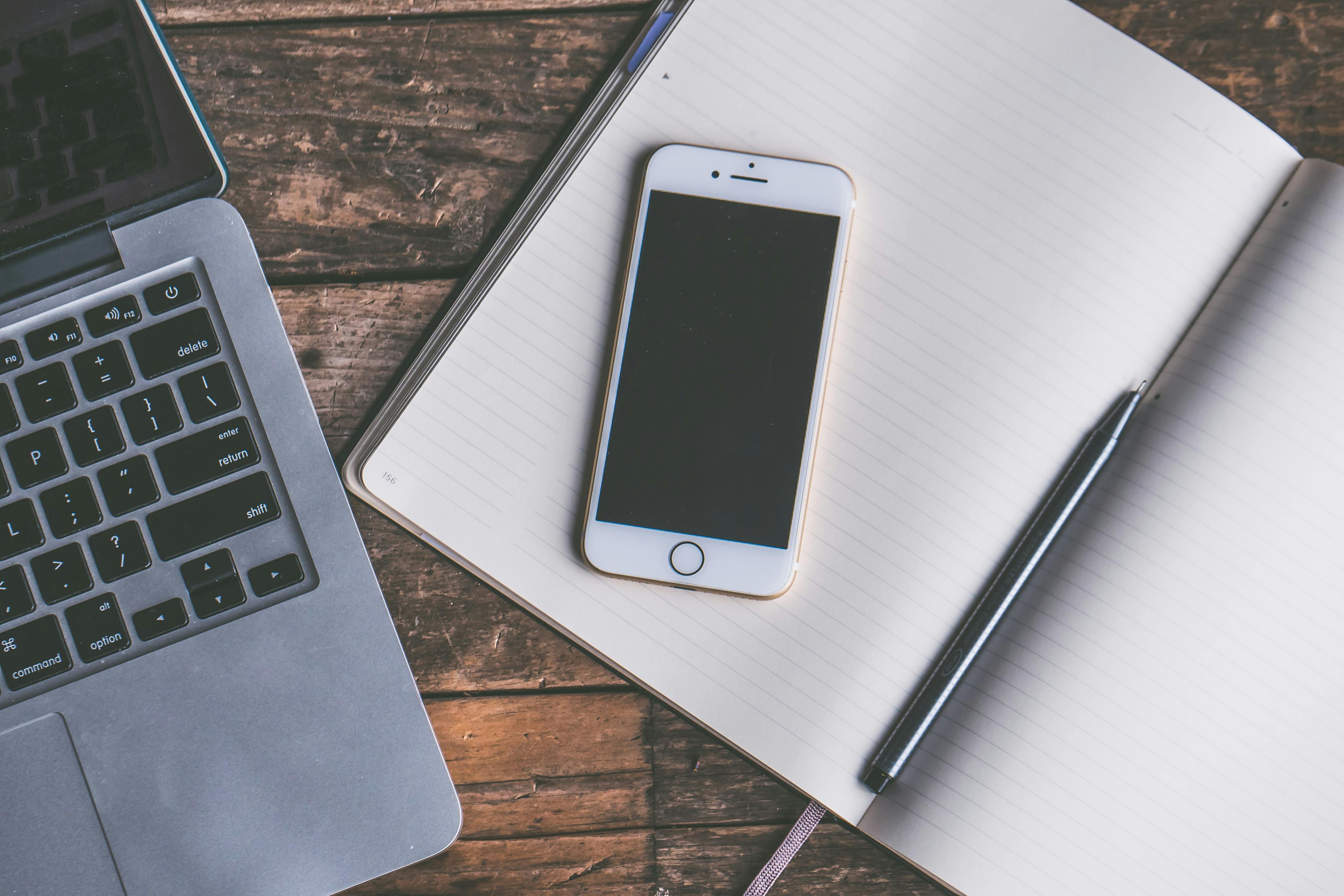 Decluttering your phone can significantly improve its performance and usability. Let's go through the key areas in detail.
Decluttering your phone can significantly improve its performance and usability. Let's go through the key areas in detail.
1. Photos and Videos
- Sort and Delete: Go through your photo gallery and delete any duplicate, blurry, or unnecessary photos.
- Organize: Create albums or folders to categorize your photos (e.g., family, travel, work).
- Backup: Use cloud services like Google Photos, iCloud, or an external hard drive to back up important photos.
- Clear Cache: In your photo app settings, clear the cache to free up space.
2. Apps
- Review Usage: Check which apps you haven't used in the last few months.
- Uninstall Unused Apps: Remove apps you no longer use or need.
- Organize: Group apps into folders by category (e.g., productivity, social media, games).
- Update: Ensure all remaining apps are up to date for security and performance improvements.
3. Messages
- Delete Old Messages: Remove old text messages and conversations, especially those with large attachments.
- Backup Important Messages: Save important conversations by backing them up to a cloud service or exporting them.
- Manage Attachments: Delete large media files sent via messaging apps to free up space.
4. Files and Downloads
- Delete Unnecessary Files: Clear out your downloads folder and any other file storage areas on your phone.
- Organize Important Files: Move important files to cloud storage or specific folders for easier access.
- Regular Maintenance: Set a reminder to periodically check and clean your files.
5. Notifications
- Turn Off Unnecessary Notifications: Go to your phone’s settings and disable notifications for apps that don’t require your immediate attention.
- Use Do Not Disturb Mode: Schedule "Do Not Disturb" times to minimize interruptions during important activities or rest periods.
- Organize Notification Settings: Customize how notifications are displayed (e.g., banners, sounds) for a less cluttered notification center.
6. Home Screen
- Limit Home Screen Pages: Try to keep your home screen to one or two pages.
- Use Widgets Wisely: Only keep widgets that provide useful, at-a-glance information.
- Keep a Clean Dock: Reserve the dock for your most frequently used apps.
7. Browser Data
- Clear Browsing History: Regularly clear your browsing history, cache, and cookies.
- Manage Bookmarks: Delete outdated bookmarks and organize the rest into folders.
- Review Saved Passwords: Use a password manager and remove saved passwords from your browser for added security.
8. Contacts
- Delete Duplicates: Merge or delete duplicate contacts.
- Update Information: Ensure all contact information is current.
- Organize Groups: Use contact groups for easier management and access.
9. Emails
- Unsubscribe from Unwanted Newsletters: Use tools or manually unsubscribe from newsletters and promotional emails.
- Delete Old Emails: Regularly delete emails you no longer need and archive those you want to keep.
- Organize Folders: Use folders and labels to organize emails for quick retrieval.
10. Settings and Preferences
- Review Privacy Settings: Check and adjust app permissions and privacy settings to ensure apps are only accessing necessary information.
- Optimize Battery Usage: Identify and limit apps that consume excessive battery.
- Clear Cache: Regularly clear app caches to free up space and improve performance.
It feels good, doesn't it?! By systematically addressing these areas, you can declutter your phone, making it more efficient and easier to use.
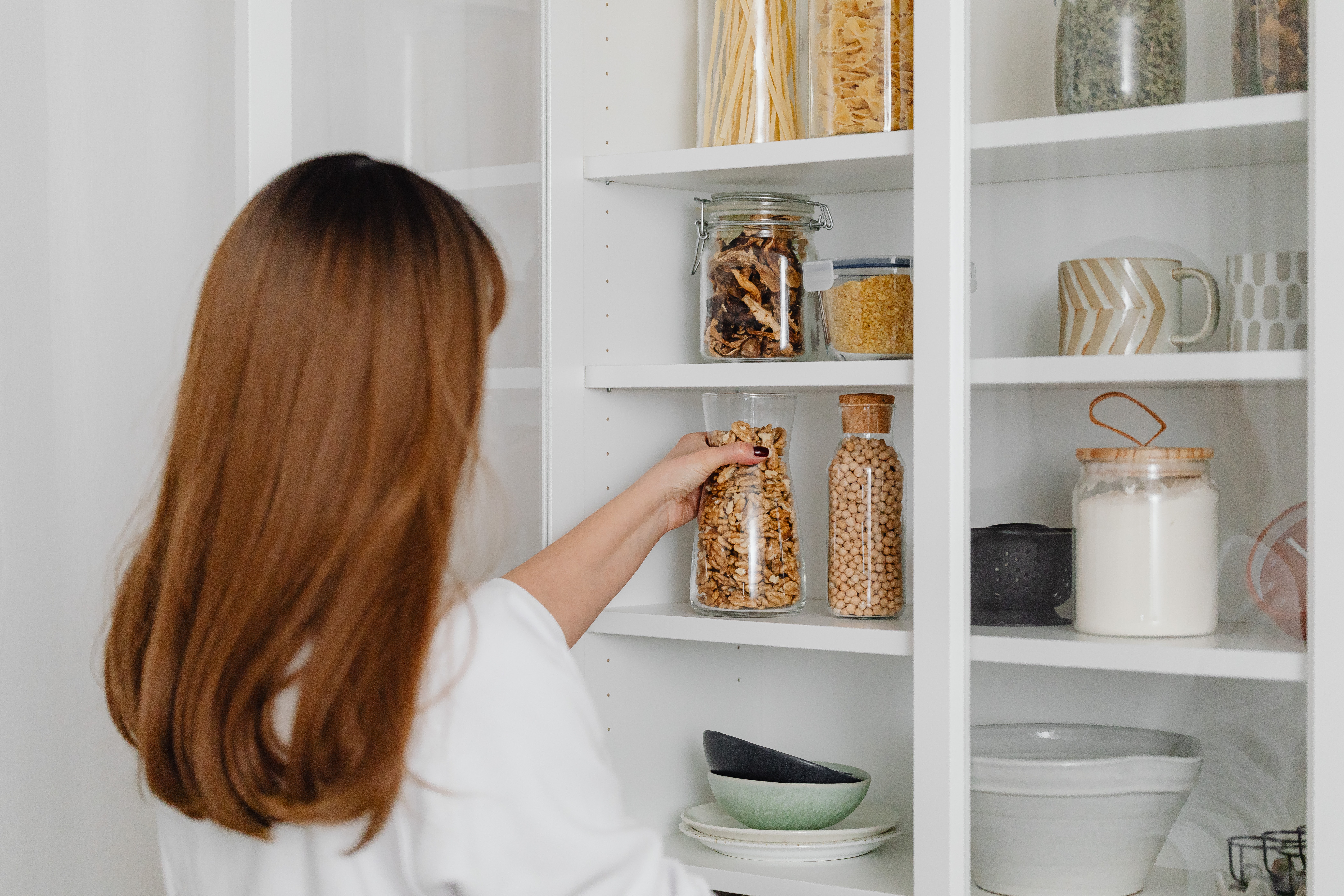

It's no secret to anyone that we love a great pantry cleanout. Below we have outlined the steps we take when we come into someone's home for a pantry overhaul. We hope this helps!
1. Take everything out
- Remove all items from your pantry shelves. This allows you to start with a clean slate and see exactly what you have.
2. Sort and categorize
- Group similar items together, such as canned goods, dry goods, spices, snacks, etc. This step helps you visualize how much space each category requires.
3. Check expiration dates
- Dispose of any expired or spoiled items. This step ensures that you're only keeping fresh and usable items in your pantry.
- This is a good thing to get into the habit of doing once every couple of months.
4. Evaluate storage containers
- Decide if you need additional storage containers like baskets, bins, jars, or shelf organizers to help maximize space and keep things tidy.
- This is a great opportunity to start decanting if you have been considering it. Check out our Instagram from more information on the benefits of decanting.
5. Clean and declutter
- Wipe down shelves and surfaces to remove any dust or spills.
- Declutter by getting rid of items you don't use or need, freeing up space for essentials.
6. Use vertical space
- Install shelf risers or organizers to create additional storage space vertically. This is especially useful for smaller pantries with limited shelf space.
- For example, we love organizing spices on a vertical rack if you don't have the cabinet space.
- Consider using the back of the pantry door too!
7. Label containers
- Labeling containers and shelves can help you and your family members easily find and return items to their designated places, maintaining organization over time.
8. Arrange strategically
- Place frequently used items at eye level or within easy reach.
- Store less-used items or bulkier items on higher or lower shelves.
9. Maintain regularly
- Regularly check and reorganize your pantry to ensure it stays organized.
- Make it a habit to rotate items and keep track of what needs restocking.
- Consider a whiteboard or a grocery app to stay on top of the items you are low on.
By following these steps, you can transform your pantry into a well-organized space that makes meal preparation and cooking more efficient.


Transitioning your entry closet from winter to summer involves organizing, decluttering, and storing items that are not needed for the warmer months.
1. Declutter and Assess
- Start by taking everything out of the closet. Sort through each item and decide if it's necessary for the summer season.
- Donate or sell winter items that your family has outgrown or that you haven't worn in a while.
- Check for any damaged or worn-out items and either repair them or discard them.
2. Clean and Prepare
- Vacuum or sweep the closet to remove dust and debris.
- Wipe down shelves, racks, and hooks with a damp cloth and mild cleaner.
- Consider adding fresh shelf liners or drawer organizers to keep things tidy and protect your belongings.
3. Organize and Store
- Store winter coats, boots, scarves, gloves, and other bulky items in storage bins or vacuum-sealed bags.
- Label each container for easy identification when you need to retrieve these items later.
- Utilize under-bed storage or a separate storage area for larger items like heavy coats or snow gear.
4. Bring in Summer Essentials
- Retrieve your sandals, hats, coats and any other summer clothing from storage or other areas of your home.
- Consider adding hooks or baskets for accessories like sunglasses, hats, and lightweight scarves.
5. Maximize Space and Functionality
- Make use of vertical space with over-the-door organizers or additional shelving if needed.
- Install hooks or pegs for frequently used items such as keys, bags, or umbrellas.
- Keep a small container or basket near the door for items like sunscreen, bug spray, or reusable shopping bags.
By following these steps, you can efficiently transition your entry closet from winter to summer, creating a well-organized space that meets your needs for the warmer months.
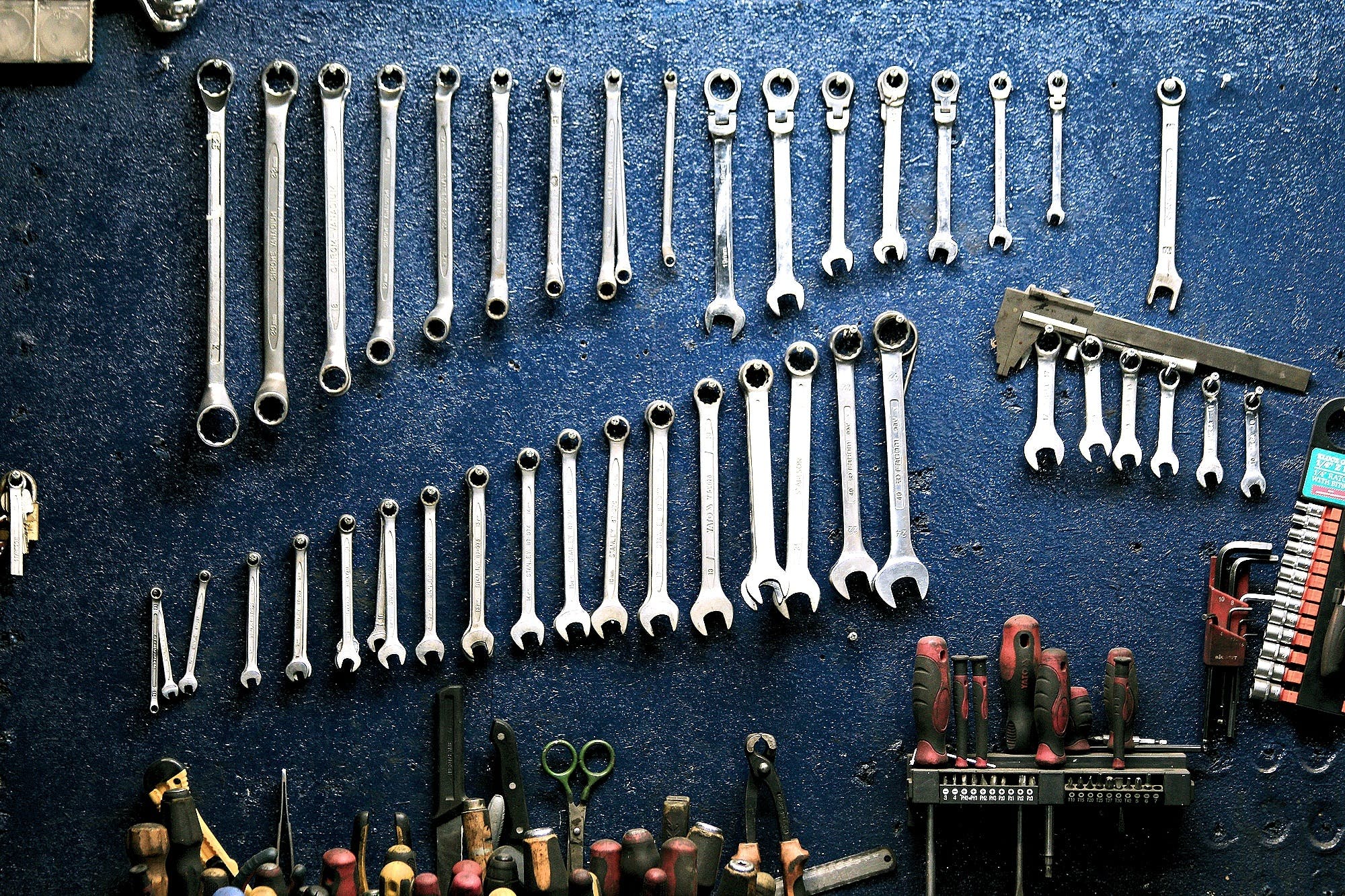

Make Peace with Your Garage in 7 Steps
Cleaning out your garage can feel like a daunting task, but with some organization and a clear plan, it can be manageable and even satisfying! Here are a few tips to get you started.
1. Set aside dedicated time
- Block out a specific timeframe to focus solely on cleaning out your garage.
- Depending on the size and level of clutter, it might take a few hours or even a whole day
2. Plan and prioritize
- Before you begin, make a plan of attack.
- Decide which areas of the garage you want to tackle first and prioritize accordingly.
- It's often helpful to start with the most cluttered or least organized areas.
3. Declutter
- Go through everything in your garage and sort items into categories such as keep, donate/sell, and throw away.
- Be ruthless! If you haven't used something in over a year, consider whether you really need to keep it.
4. Organize
- Once you've decluttered, it's time to organize what's left.
- Invest in shelving, cabinets, pegboards, or other storage solutions to maximize space and keep things tidy.
- Group similar items together and label containers or shelves for easy identification.
- Don't forget about the walls and ceiling! Install hooks, racks, or overhead storage to make use of vertical space and keep the floor clear.
5. Create zones
- Divide your garage into different zones based on functionality (e.g., gardening, tools, sports equipment).
- This will make it easier to find what you need and keep everything organized.
6. Regular maintenance
- Make it a habit to periodically tidy up your garage to prevent clutter from accumulating again.
- Schedule regular cleanouts or maintenance sessions to keep things in order.
7. Safety first
- As you clean and organize, be mindful of safety hazards such as sharp objects, chemicals, or heavy items.
- Store these items properly and ensure that pathways are clear to prevent accidents.
Remember, cleaning out your garage is a marathon, not a sprint. Take breaks as needed, stay focused on your goals, and don't be afraid to ask for help if you need it.
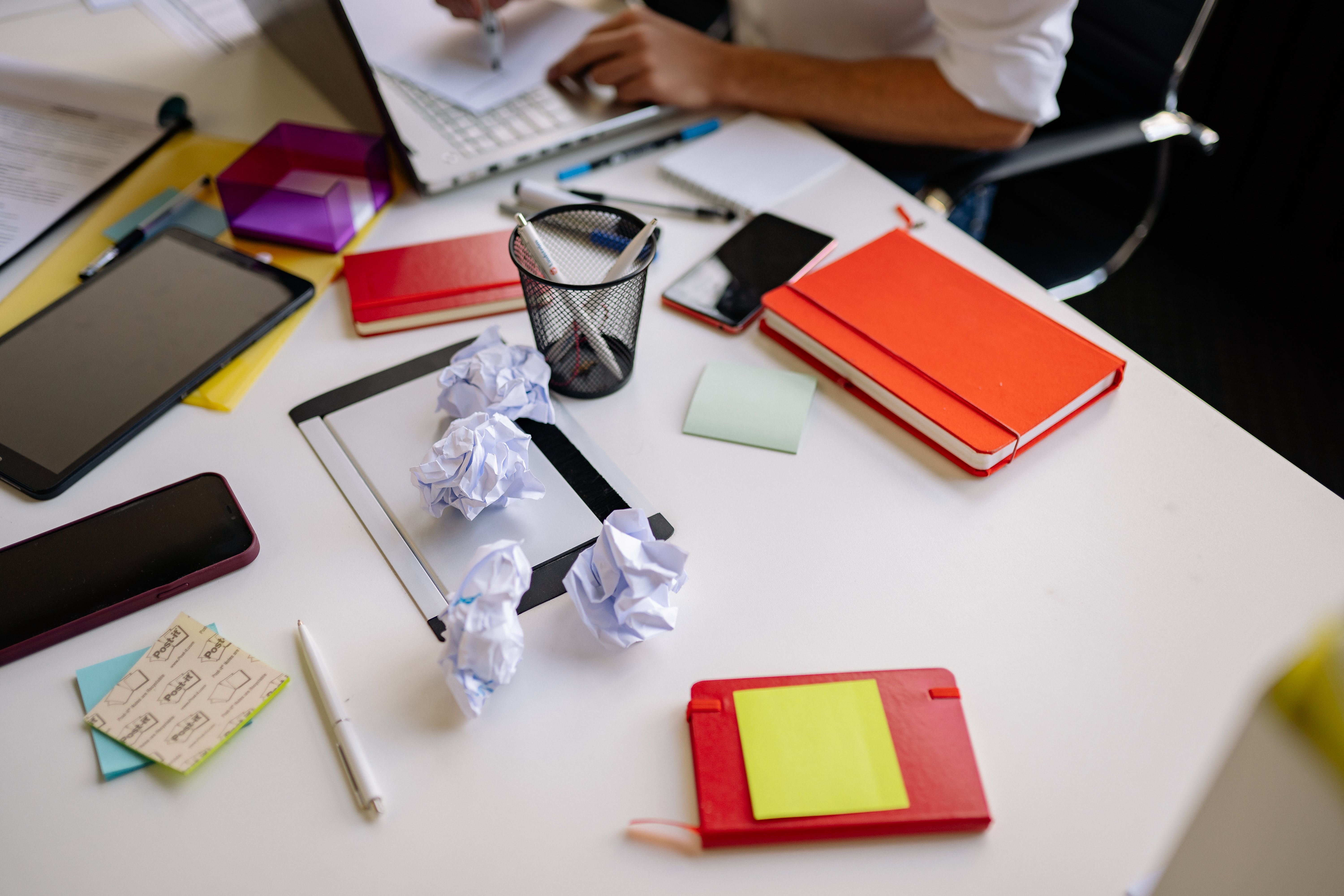

10 Steps to Organize Your Office
Organizing your office can help improve productivity and create a more efficient work environment. We know how hard it is to hard to find inspiration while surrounded by clutter!
1. Declutter
- Start by removing unnecessary items from your workspace.
- Get rid of old papers, broken office supplies, and anything else that is not essential for your work.
2. Sort and Categorize
- Group similar items together.
- Create categories for paperwork, office supplies, and personal items.
3. Create a Filing System
- Set up an organized filing system for your paperwork.
- Use folders, file cabinets, or digital storage to keep documents sorted and easily accessible.
- Label folders clearly for quick reference.
4. Invest in Storage Solutions
- Consider using storage bins, shelves, and drawers to keep your office supplies and materials organized.
- Utilize storage solutions that fit your space and allow for easy access.
5. Organize Your Desk
- Keep your desk clear of unnecessary items.
- Only have essential items, such as a computer, phone, and a few personal touches.
- Use desk organizers to manage pens, notepads, and other small items.
6. Establish a Daily Routine
- Develop a routine for handling incoming mail, emails, and other tasks.
- Set aside specific times for focused work, breaks, and administrative tasks to maintain order and productivity.
7. Label Everything
- Label drawers, bins, and folders to make it clear where everything belongs.
- This will help you and others easily find and put away items, maintaining a consistent organization system.
8. Digital Organization
- Apply the same principles of organization to your computer.
- Create folders for different projects, documents, and categories.
- Regularly clean up and delete unnecessary files.
9. Designate a Home for Everything
- Assign specific locations for frequently used items.
- When you're finished using something, make it a habit to return it to its designated place.
- This will prevent clutter from building up over time.
10. Regular Maintenance
- Set aside time each week or month for office maintenance.
- Use this time to declutter, organize, and make any necessary adjustments to your organizational system.
By following these steps, you can create a more organized and efficient office space, making it easier to focus on your work and reduce stress.
We know this can be a daunting task, so don't hesitate to book a consultation with our team if you need support. Happy February!
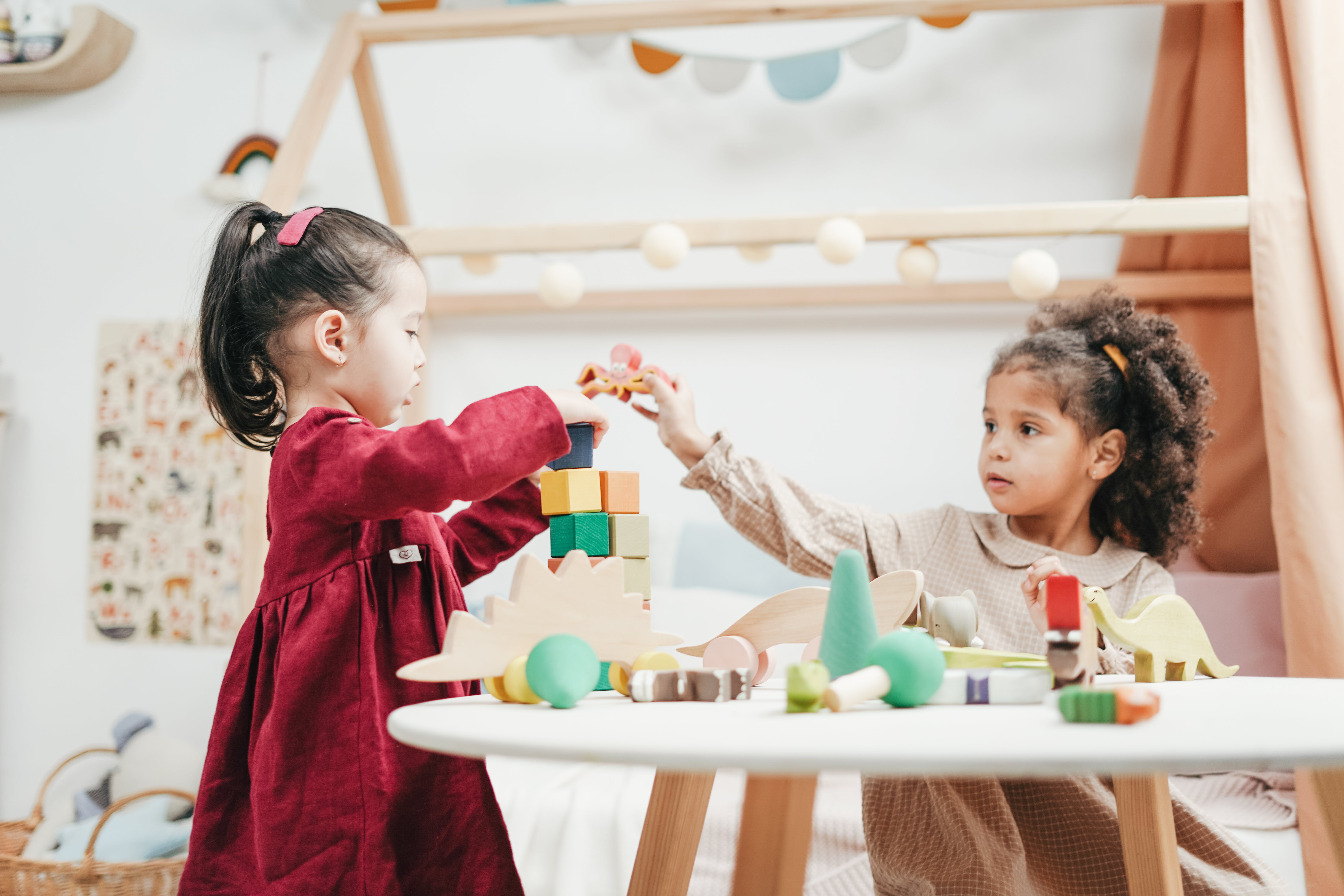
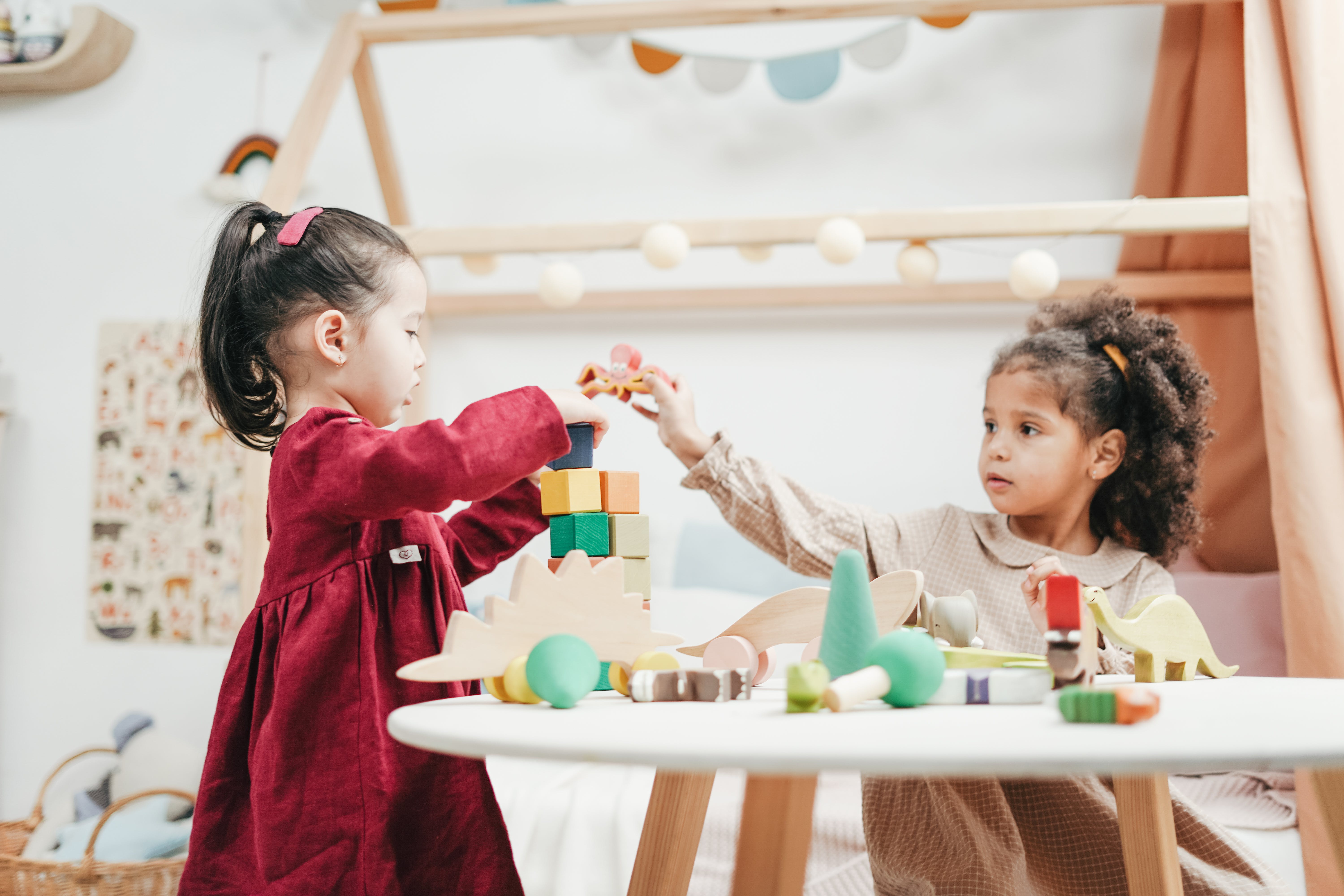
5 Simple Steps to Declutter Your Playroom
This year we will going to be going through your home, one room at a time, helping to get you organized step by step.
Beginning with the post-holiday playroom chaos ...
Sort and Purge
- Begin by sorting through all the toys, games, and other items in the playroom. Create three piles: keep, donate/sell, and discard.
- Be ruthless in your decision-making. Consider the age appropriateness of toys, whether they are still in good condition, and if they are actually played with.
Organize by Category
- Categorize the remaining items. For example, group similar toys together such as dolls, action figures, puzzles, and board games.
- Use storage bins, baskets, or shelves to keep each category organized. Clearly label these containers to make it easy for both children and adults to find and return items to their designated places.
Rotate Toys
- To avoid overwhelming the playroom with too many toys at once, consider implementing a toy rotation system. Store some toys in a closet or storage space and rotate them every few weeks or months.
- This not only keeps the playroom clutter-free but also makes "new" toys available periodically, renewing the child's interest in their belongings.
Create Designated Zones
- Divide the playroom into specific zones based on activities. For example, have a reading nook with a bookshelf, a crafting area with art supplies, and a building zone for construction toys.
- Designating specific areas for different activities helps keep the playroom organized and encourages children to engage in different types of play.
Establish a Tidy-Up Routine
- Teach children to tidy after themselves by establishing a regular cleaning routine. Set a specific time each day or week for a quick tidy-up session.
- Make the tidying process fun by turning it into a game or playing music. Encourage children to take responsibility for their toys and put them back in their designated places.
Remember, the key to maintaining a decluttered playroom is consistency. Regularly assess and update the contents of the playroom to accommodate your child's changing interests and developmental stages.
Check out our home organization page for more on how we can help you get started!
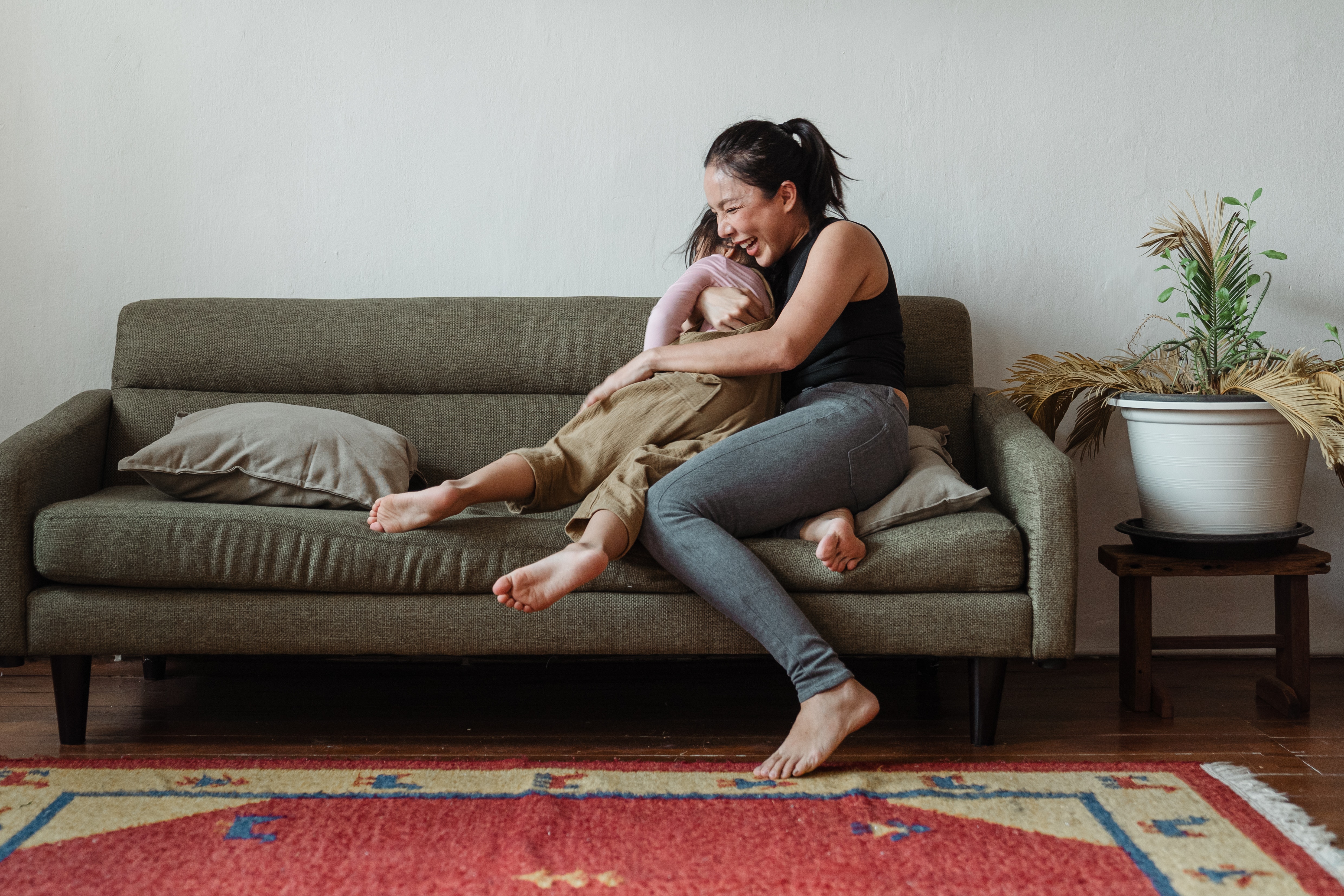
The Transformative Benefits of Professional Organizing for Mental Clarity
In today's fast-paced world, many of us find ourselves drowning in clutter, both physical and mental. The demands of our daily lives often leave little room for self-care, leading to stress, anxiety, and a general feeling of overwhelm. This is where professional organizing steps in, offering a holistic solution to help you regain your mental clarity and emotional well-being. In this blog, we'll explore the numerous benefits of professional organizing and how it can provide a path to greater mental health, freedom, and self-care.
Mental Health and Clutter
The link between mental health and clutter is undeniable. A cluttered space often reflects a cluttered mind, making it challenging to focus, relax, and find peace. Unorganized environments can amplify stress and anxiety, leading to a feeling of being constantly burdened by the chaos around us. Professional organizing, however, can help us reclaim our mental well-being.
Remove the Burden of Clutter
Professional organizers are skilled at creating organized spaces that are tailored to your specific needs and preferences. They help you declutter and streamline your surroundings, eliminating the weight of unnecessary possessions and disorganization. This process is not just about tidying up; it's about lifting the emotional weight that a cluttered environment can impose.
When your physical space is organized, you'll find that your mental space feels lighter as well. The act of purging, sorting, and organizing can be therapeutic, allowing you to let go of items that no longer serve you and create room for what truly matters in your life. This removal of the burden of clutter can be incredibly liberating and is a fundamental step in the journey to improved mental health.
A Path to Freedom
Professional organizing is not just about tidying up; it's about creating a path to freedom. By eliminating clutter and streamlining your surroundings, you free up time and mental energy that can be channeled into self-care and more fulfilling activities. When your physical space is organized, you'll find it easier to focus, relax, and enjoy your surroundings, leading to a sense of mental clarity and freedom.
With a professionally organized space, you can more easily engage in self-care practices that nurture your mental health. Whether it's setting up a meditation corner, a dedicated workspace, or simply having a clutter-free bedroom for restful sleep, an organized environment paves the way for self-care routines that can significantly benefit your overall well-being.
Reduced Stress and Anxiety
Living in a cluttered environment often leads to heightened stress and anxiety levels. The constant visual reminders of disarray can create a sense of unease and make it challenging to relax and recharge. Professional organizing transforms your space into a haven of order and tranquility, reducing stress and anxiety.
The sense of control that comes with an organized space is powerful. Knowing where everything is and having a clear system in place brings a profound sense of calm and security. As a result, you'll be better equipped to manage life's challenges and enjoy moments of serenity.
Improved Productivity
An organized space is conducive to productivity. With everything in its place, you'll be more efficient, and your mental clarity will improve. The reduced mental clutter allows you to focus on tasks at hand, making you more effective in both your personal and professional life.
In conclusion, professional organizing is a powerful tool for enhancing mental health and overall well-being. It allows you to remove the burden of clutter, gain a sense of freedom, reduce stress and anxiety, and improve productivity. Embrace the transformative benefits of professional organizing and set yourself on a path to mental clarity, self-care, and the freedom to live your best life. It's an investment in your mental health that yields invaluable rewards, both in your personal space and within your mind.
Does this sound like something that would benefit you and your home? Check out our Home Organizing page to see if we'd be the right fit for you.

Decluttering with Confidence: A Millennial Woman's Guide to Organizing Your Spaces
Decluttering isn't just about creating a tidy space; it's a powerful act of taking control, easing the burdens of a busy life, and propelling yourself forward with confidence. As a millennial woman, you're likely juggling a multitude of responsibilities, from work to social life and everything in between. This guide will show you how to tackle clutter in common spaces like closets, kitchens, and home offices while infusing the process with a fun and professional touch.
Closet Clutter: Dress for Success
The Challenge: Millennials often have a love for fashion and a penchant for collecting trendy clothes, which can quickly turn a closet into a chaotic mess.
Solution: Start by categorizing your clothing into essentials, favorites, and rarely worn items. Donate or sell clothes you no longer need. Invest in good-quality hangers and storage bins to maximize space. Organize by color, season, or occasion. Create a capsule wardrobe to simplify your daily choices and boost confidence in your style.
Kitchen Chaos: Cook Up Efficiency
The Challenge: Millennial women might find their kitchens cluttered with gadgets, expired groceries, and a lack of space for healthy meal preparation.
Solution: Begin by decluttering your kitchen gadgets and utensils; keep only what you regularly use. Sort through your pantry and refrigerator, discarding expired items. Invest in space-saving containers for bulk foods. Create a meal plan to save time and reduce food waste. Organize your kitchen by zones, making cooking and cleanup more efficient. You'll not only have a neat kitchen but also the confidence to whip up delicious meals.
Home Office Havoc: Boost Productivity
The Challenge: Many millennial women work remotely or run their businesses from home, leading to cluttered home offices that hinder productivity.
Solution: Start by decluttering your workspace. Clear out old documents and office supplies you don't use. Invest in organizational tools like shelves, drawer organizers, and a comfortable chair. Create a daily routine to keep your desk clutter-free. Embrace digital organization with cloud storage and productivity apps. A clean and organized home office can boost your confidence and enhance forward movement in your career.
General Decluttering Tips for Millennials
- Embrace Minimalism: As a millennial, you value experiences over possessions. Embrace minimalism by curating your belongings and focusing on quality over quantity. This will ease the burden of clutter and allow room for more meaningful experiences.
- Digital Declutter: Declutter your digital life by organizing files, cleaning up your email inbox, and unfollowing social media accounts that don't bring value. A clutter-free digital space can boost your confidence and productivity.
- Zero Baggage: When decluttering, only keep items that have a functional purpose and/or bring you joy. There's no use in keeping items that create a negative mind space whenever you see them. Move forward with the items that are consistent with your overall goals.
- Set Realistic Goals: Decluttering can be overwhelming, especially for busy millennials. Break down the process into small, achievable goals. Celebrate your progress along the way, building your confidence as you go.
- Regular Maintenance: After decluttering, commit to regular maintenance. Spend a few minutes each day or week tidying up to prevent clutter from piling up again. This habit will keep your spaces organized and your confidence high.
Decluttering your spaces isn't just about creating a visually appealing environment; it's about easing the burden of a cluttered life, boosting your confidence, and enabling forward movement in all aspects of your life. As a millennial woman, you have the power to take control of your spaces and, in turn, take control of your future. Follow these fun and professional tips to transform your closets, kitchens, home offices, and beyond, and step confidently into a clutter-free world where anything is possible.
Need assistance in tackling these spaces? Head over to our Home Organization page to find out how we can help.
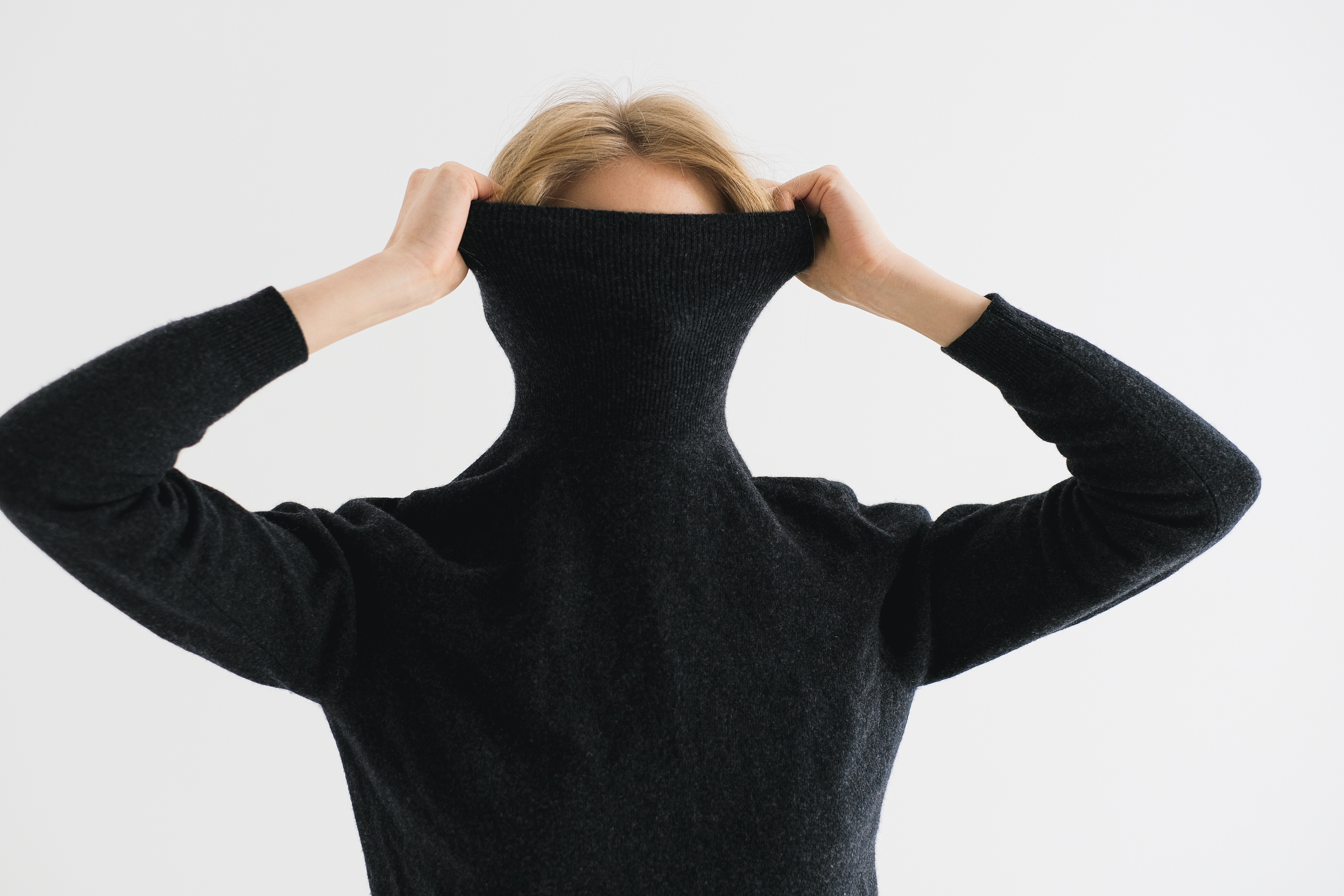
Clutter and Shame: They ARE Linked!
Shame is a powerful emotion that can lead to negative thoughts and feelings about oneself. It can be triggered by various events such as social rejection, humiliation, and failure. One of the less commonly known triggers for shame is clutter. Clutter is an accumulation of items in one’s living space that creates a disorganized and chaotic environment. In this blog, we will explore the connection between shame and clutter and how professional organizing can help take the burden away.
Moving Soon and Dreading It? Defer to the Professionals!
Moving is a big undertaking, and it can be a stressful time for many people. There are so many details to manage and decisions to make, especially if you're downsizing or moving a long distance. That's where a professional organizer can help. Hiring a professional organizer to help with your upcoming move can make the entire process stress-free and streamlined. In this blog, we'll explore some of the benefits of working with a professional organizer for your next residential move.
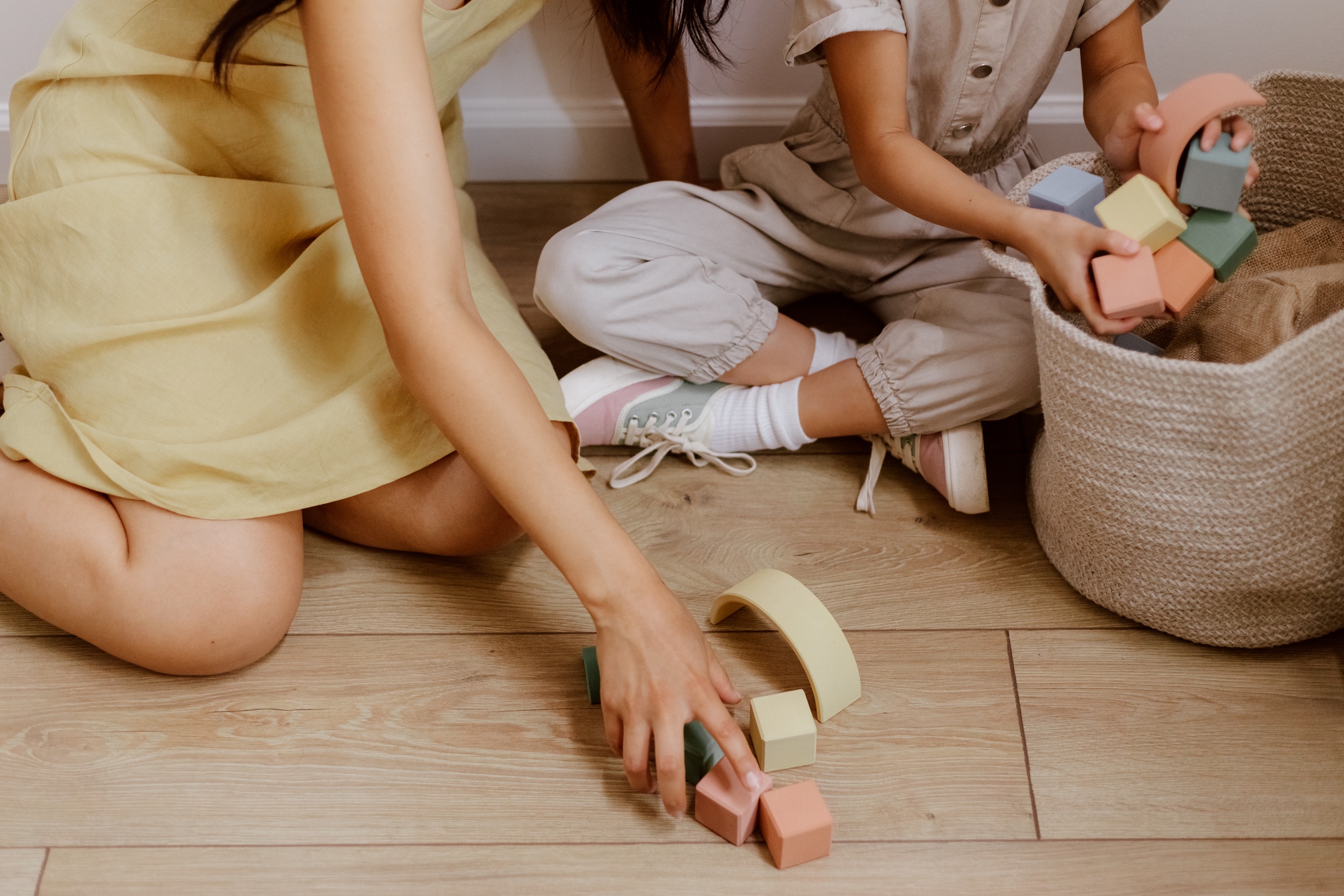
Habits for an Organized Home
Do you ever feel like your home is in a constant state of chaos? Maybe you've tried tidying up here and there, but the clutter always seems to find its way back. Well, the truth is that a disorganized home can be overwhelming and stressful, but there's a simple solution to make a real change. Habit-setting can be the key to achieving an organized home and a clutter-free lifestyle.

How To Overcome Holiday Overwhelm
If you’re like us, you have the motivation to get a head start on things, but there’s just not enough time in our day to get it done. Either someone in the family gets sick, there’s an unexpected expense or two, work gets crazy prior to year end, or you’re simply overwhelmed and can’t find the energy. Does this sound familiar to you?
We’ve always found a bit of planning and accountability helps with the holiday overwhelm.
Here are a couple ideas to get started:
Create a spreadsheet of everything you need/want to accomplish. Consider this a brain dump.
You aren’t striving for perfection here. Simply get the list done. You will definitely be coming back to it over the course of the next several weeks to add/delete items.
Once you’ve completed the first round, categorize each line item under an actionable heading - examples may include:
- Gifts to get/order and for who
- Household tasks to complete (both before Christmas and on the big day)
- Assign each task to a family member
- Christmas Day (or holiday equivalent) food to prepare (make sure to include timelines for any food that needs to be prepared ahead of time)
Once your tasks are categorized, assign each one a deadline
- Put the deadlines in your digital calendar with reminders set - we’ve found having one week prior, 3 days prior, and one day prior reminders to be very helpful
- Ensure that family members with deadlines also have reminders set in their calendars - reiterate that their help will ease some of the burden off your shoulders and is very much appreciated.
If you’re more tactile/visual, print out your spreadsheet and put it somewhere prominent so you have to look at it regularly.
Set yourself a goal to complete one task every ____ days. Maybe on your way home from work, before anyone else in the house gets up in the morning, after the kids go to bed (if applicable), during your lunch break…
Make it easy and as brief as possible so you’re motivated to tick that item off your list.
As tasks start getting completed, delete or strike-through them on your spreadsheet (like this). This adds a sense of completion and forward movement to the entire exercise.
If you’re struggling, ask a friend for help!
- Ask a friend to be your accountability partner. Set some time aside for both of you to tackle items on your lists together. Go for coffee once you’re done. Make it a fun day/morning/afternoon!
Remember that this is supposed to be a joyous and celebratory time of year. Do whatever you need to do to wake up feeling energized, motivated, and excited for the upcoming festivities. If you start to feel overwhelmed again, either take a day off from your list, or pick the easiest item on your list to complete.
Melanie & Heather
The Functional Spaces Team